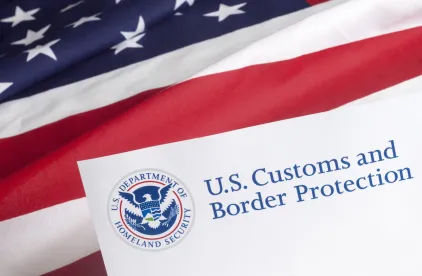COVID-19 has caused financial stress for many organizations and some employers are undertaking operational changes and reducing financial outlays due to the pandemic. Organizations with foreign national employees in H-1B, H-1B1 and E-3 status are subject to immigration regulations that limit the actions available to respond to the pandemic. Employers face difficult decisions as they consider their options while remaining in compliance with immigration regulations.
Furloughs
Furloughs or temporary layoffs are generally not permissible for foreign national employees in H-1B, H-1B1, and E-3 status. Placement of these foreign national employees in nonproductive, unpaid status may result in fines and back-pay wage payments.
Reduced Hours
An employer may seek to reduce a foreign national employee in H-1B, H-1B1, or E-3 status from full-time (defined as 35 hours or more per week) to part-time. An employer would be required to obtain a new Labor Condition Application (LCA) from the U.S. Department of Labor (DOL) and file an amended petition with U.S. Citizenship and Immigration Services (USCIS) prior to placing the employee in part-time status.
Termination
In the event that your organization is forced to terminate the employment of a foreign national employee in H-1B, H-1B1, or E-3 status, there are strict procedures that must be followed in order to implement a bona fide termination of the employment relationship. Failure to comply may result in continuing liability for the required wage and fines for back wages. In order to effect a bona fide termination, an employer is required to withdraw the LCA with the DOL, offer the terminated foreign national employee the reasonable cost of return transportation home, and withdraw the visa petition with the USCIS.
Following termination, the foreign national may have a grace period of up to 60 days to seek to transfer their visa sponsorship to another employer, apply to change to another visa status, or depart the U.S.
Remote Work
In the event that your organization has instituted a remote work policy or may be considering instituting a remote work policy, there are some actions that you may wish to contemplate for your H-1B, H-1B1 and E-3 employees.
In general, foreign national employees in H-1B, H-1B1, or E-3 status are authorized to work only at the locations listed on their visa petition. A change in location sometimes triggers the requirement for a new LCA with the DOL and possibly even a new filing with USCIS. However, there are two exceptions if the placement to another location will be temporary: “Short-Term Placement” and “Home Office Within Commuting Distance.” Under these two exceptions, foreign national employees in H-1B, H-1B1, E-3 status are sometimes permitted to work at another location without triggering the need for the employer to file a new LCA or an amended petition to USCIS to reflect the new worksite.
Short-Term Placement
Under the “Short-Term Placement” rule, if an H-1B employee will be working remotely within the same area of employment and maintains their place of residence in the area of the regular worksite, the employee is permitted to work for up to 60 workdays (within a one-year period) without a new LCA posting. In more limited circumstances, the employee is limited to only 30 workdays (within a one-year period) of remote work if they are not working in the same area of employment or no longer maintain a residence or work station in the area of the regular worksite.
Home Office Within Commuting Distance
Under the “Home Office Within Commuting Distance” rule, employers with an approved LCA may move employees to unintended worksite locations, including to the employee’s home, without needing to file a new LCA, provided that the new worksite location is within the same area of intended employment (i.e., a location within normal commuting distance) and there are no other material changes to the terms and conditions of the employment. Generally, the LCA should be posted on or before the change in worksite location, however, due to the pandemic, the DOL will allow employer to provide the notice up to 30 days after employee begins work at the remote location.
As a reminder, if the employee’s new work location is outside the area of intended employment or if there are material changes to the employment scenario, a new LCA, coupled with an amended filing with USCIS, may be required.
Across the Board Pay Reductions
In certain circumstances, a reduction in pay may be permissible for foreign national employees in H-1B, H-1B1, and E-3 status. When an organization sponsors a foreign national for one of these visa classifications, the entity is required to pay the higher of the prevailing wage or actual wage. As long as the employer is paying at least the required wage, a pay reduction may be permissible for H-1B, H-1B1, and E-3 employees.




 />i
/>i

